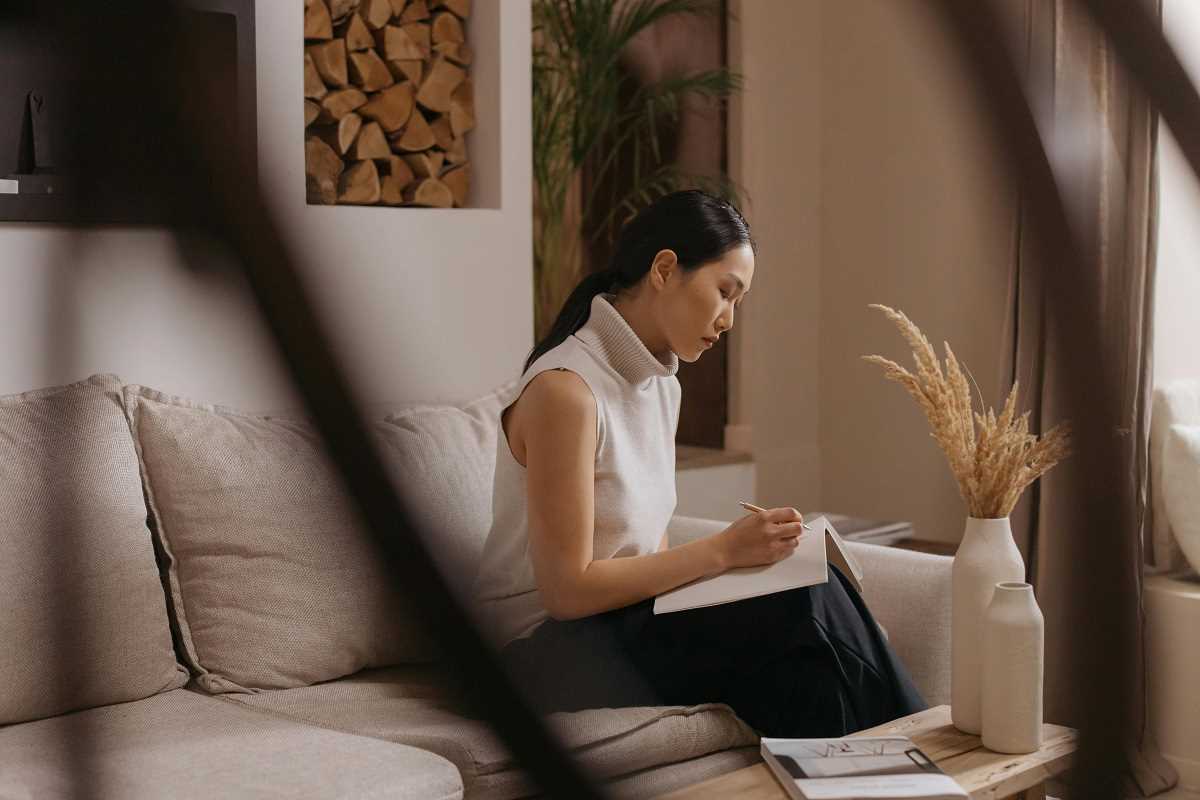Modern life is bustling, chaotic, and often overwhelming. With our lives packed with schedules, notifications, and responsibilities, the idea of coming home to a serene and simple space becomes all the more appealing. Enter Zen Kanso and Fusui—two age-old, yet timeless, philosophies rooted in creating harmony and simplicity in everyday living. By blending these principles, you can transform your home into a peaceful sanctuary that nurtures both your mind and soul.
What Are Zen Kanso and Fusui?
Zen Kanso is a Japanese minimalist principle originating from Zen Buddhism. “Kanso” can be translated to “simplicity,” and its essence is about keeping only the essentials, presenting objects in their purest form, and stripping away anything unnecessary. This philosophy is not just about physical decluttering but also about reducing visual noise to create calm and focus.
Fusui, often referred to as the Japanese take on Feng Shui, harmonizes a space by channeling energy or “ki” through thoughtful design and placement of objects. It is a complementary philosophy to Kanso, emphasizing balance, flow, and how the environment relates to an individual’s well-being.
When embraced together, Zen Kanso and Fusui offer a comprehensive guide to not just decluttering your home but creating a living space that’s in harmony with nature, function, and peace.
Zen Kanso in Home Simplification
The first step in incorporating Zen Kanso is to eliminate clutter. That doesn’t just mean throwing out random items—it’s about carefully considering what adds value or purpose to your life. Asking questions such as “Does this item bring me joy?” or “Is this an essential part of my space?” can help guide the process.
Practical tips for decluttering with Kanso principles:
- Create three categories for your belongings: Keep, Donate, and Discard. Be honest about which items no longer contribute to your home’s balance.
- Focus on quality over quantity. A single, meaningful piece of art on a wall is often more calming than a cluster of decorative items.
- Store seasonal items or memorabilia in clean, concealed storage spaces to reduce visible chaos.
Zen Kanso thrives on keeping things natural and understated. Harsh, vibrant colors or overly ornate furniture can disrupt the sense of calm. Instead, focus on earth-toned palettes—soft beiges, calm greys, and greens inspired by nature.
Natural textures such as wood, bamboo, and stone are also essential in achieving this aesthetic. Whether it’s a solid wooden dining table or a rugged stone planter, incorporating raw materials grounds your space and invites an organic and tranquil vibe.
Simplicity doesn’t mean stark or cold. Kanso encourages finding beauty in imperfection and incorporating objects sparingly to evoke meaning. An antique vase, a few handmade ceramic bowls, or a beautifully folded textile can enrich space without overwhelming it.
Harnessing Fusui for Harmony
Fusui revolves around creating a balanced flow of energy. A room's layout impacts how ki moves, and small adjustments can make a major difference. For instance:
- Avoid placing furniture, like sofas or beds, directly in line with doors. Instead, position them diagonally to create visual and energetic balance.
- Keep walkways clear to allow the room’s energy and people’s movements to flow seamlessly.
Think of energy like a gentle stream of water flowing through your home—it should encounter minimal obstacles to cultivate peace and balance.
Fusui emphasizes purpose-driven placement of furniture to enhance energy harmony:
- The Living Room: Place the largest sofa or seating against a solid wall to foster stability. Add soft lighting in corners to dissipate stagnant energy and create warmth.
- The Bedroom: Position the bed so the headboard is against a sturdy wall, ideally away from windows, for restful energy. Avoid clutter under the bed to ensure positive energy circulation during sleep.
Strategically placed mirrors can also reflect light and energy, making small spaces feel larger and airier. However, beware of placing mirrors directly across from beds or at entryways, as this disrupts peaceful flow in key areas.
Since Fusui emphasizes harmony with nature, incorporate elements such as indoor plants, water features, and natural light. A fiddle-leaf fig or snake plant not only purifies air but also rejuvenates stagnant corners of a room. Small water fountains or bowls with floating flowers can infuse calm, particularly in stressful spaces like home offices.
Beyond aesthetics, these natural elements serve as a bridge to the outdoors, grounding a home’s energy in nature’s rhythms.
Creating the Zen-Fusui Fusion Home
Blending Zen Kanso’s simplicity and Fusui’s energy balance creates a dwelling that puts both aesthetics and functionality at its heart. Here’s how to bring the two principles together in your home design:
- Entryway Zen
- The entrance of your home sets the tone for the rest of your space. Keep this area clutter-free and well-organized. A small console table with a bowl for keys and a simple potted plant creates an inviting yet pared-back vibe.
- Mindful Lighting
- Light is a crucial aspect of both Kanso and Fusui. Use soft, diffused lighting with adjustable lamps or dimmer features. Natural light should be maximized—consider translucent curtains to filter harsh sunlight while still brightening the room.
- Sacred Spaces
- Create intentional zones for rest, creativity, or mindfulness. A simple meditation corner with a cushion, a small incense holder, and a plant can become a daily retreat.
- Rhythms of Nature
- Decorate seasonally according to natural rhythms. Rotate pieces like throws, table centerpieces, or art in alignment with the changing seasons. This subtle practice merges Fusui’s attention to natural cycles with the Kanso principle of conscious living.
The Benefits of Simplification
Implementing Zen Kanso and Fusui into your home does more than improve aesthetics—it boosts mental clarity, reduces anxiety, and creates a home that works with you, not against you. By stripping away chaos and introducing balance, your living space becomes more than just a house; it becomes a sanctuary.
Whether you’re embarking on a complete home transformation or simply taking baby steps toward a more mindful living environment, these philosophies offer practical tools to help you live simply, harmoniously, and with intention—one room at a time.
 (Image via
(Image via





